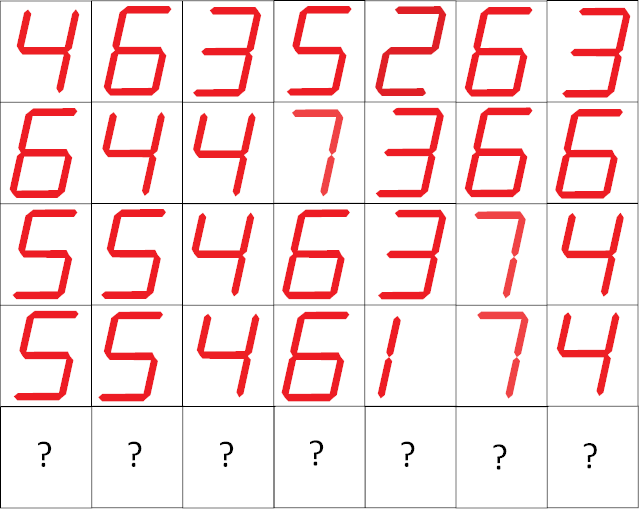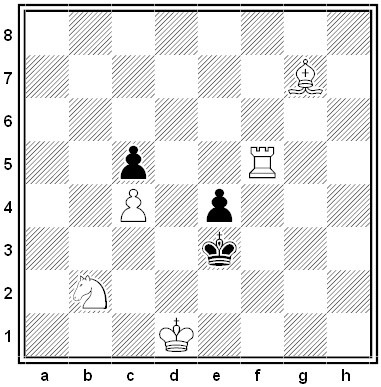Puzzles
Clairvoyance
When Raymond Smullyan was teaching probability at Princeton, he told one class about the birthday paradox — the fact that if there are 23 people in a room, the chances are greater than 50 percent that at least two of them share a birthday. There were only 19 students in the classroom, so he said that the chance that two of them shared a birthday was quite small.
One boy said, “I’ll bet you a quarter that two of us here have the same birthday.”
Smullyan thought about that for a moment and said, “Oh, of course! You know the birthday of someone else here as well as your own!”
The boy said, “No, I give you my word that I don’t know the birthday of anyone here other than my own. Nevertheless I’ll bet you that there are two of us here who have the same birthday.”
Smullyan took the bet and lost. Why?
Two Trains
Two trains set out at 7 a.m., one headed from A to B and the other from B to A. The first reaches its destination in 8 hours, the second in 12. At what hour will the two trains pass one another?
Square Meal

In the game Chomp, two players begin with a rectangular grid. The first player chooses any square and removes it from the grid, together with all the squares above and to the right of it. The second player chooses one of the remaining squares and removes that, together with all the squares above it and to its right. The two take turns in this way until one of them is forced to remove the last square. That player loses.
If the starting grid is square, can either player force a win?
Black and White
Collared
A puzzle from R.M. Abraham’s Diversions & Pastimes, 1933:
A prisoner escapes from Dartmoor Prison and has half-an-hour’s start of two warders and a bloodhound who race after him. The warders’ speed is 4 miles per hour; the dog’s 12 miles per hour, but the prisoner can only do 3 miles per hour. The dog runs up to the prisoner and then back to the warders, and so on back and forth until the warders catch the prisoner. How far does the dog travel altogether?
Mixed Emotions
A brainteaser by S. Ageyev, from the November-December 1991 issue of Quantum:
Suppose that we change the signs of 50 of these numbers such that exactly half the numbers in each row and each column get a minus sign. Prove that the sum of all the numbers in the resulting table is zero.
Riddle
When Louis Philippe was deposed, why did he lose less than any of his subjects?
Because, while he lost only a crown, they lost a sovereign.
— Edith Bertha Ordway, The Handbook of Conundrums, 1915
Birds of a Feather
A problem from the February 2006 issue of Crux Mathematicorum:
Prove that if 10a + b is a multiple of 7 then a – 2b must be a multiple of 7 as well.
Readouts

A puzzle by Lee Sallows. In this readout from a computer-driven electronic display, the digits in the fifth row have been obscured. What are they?






